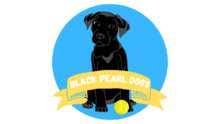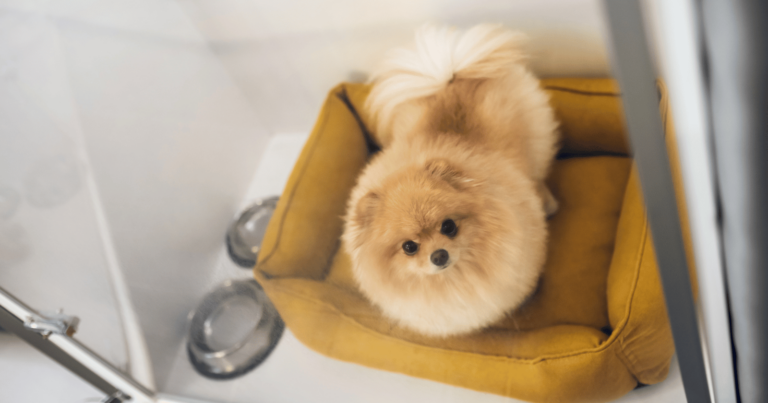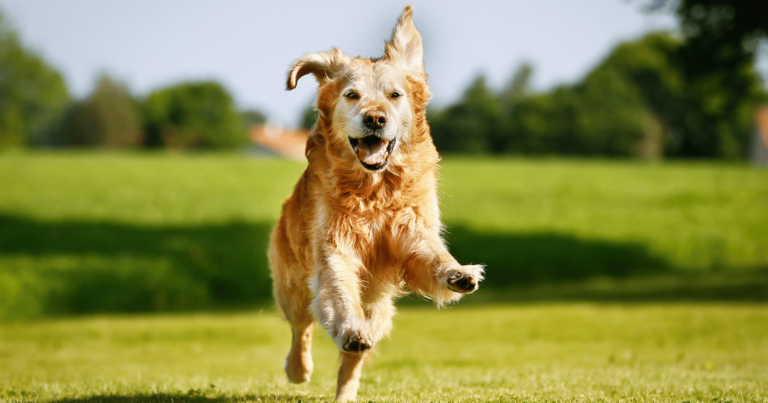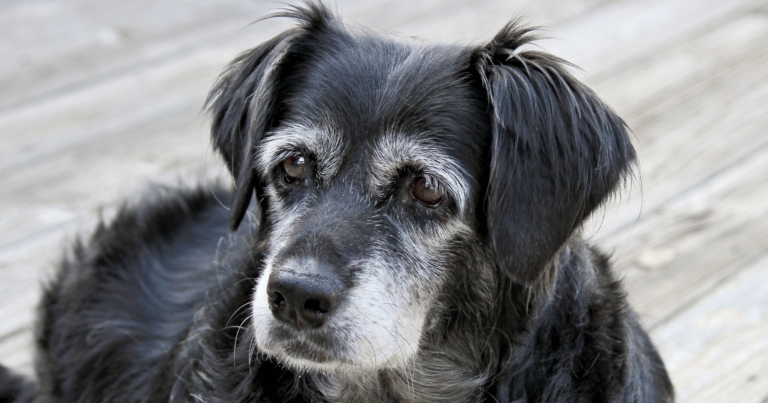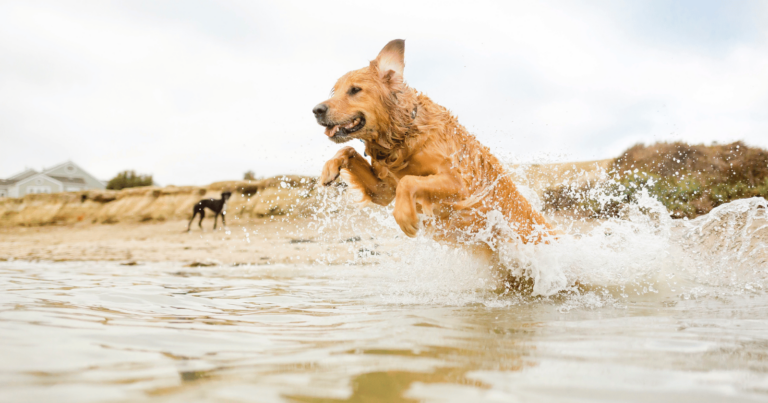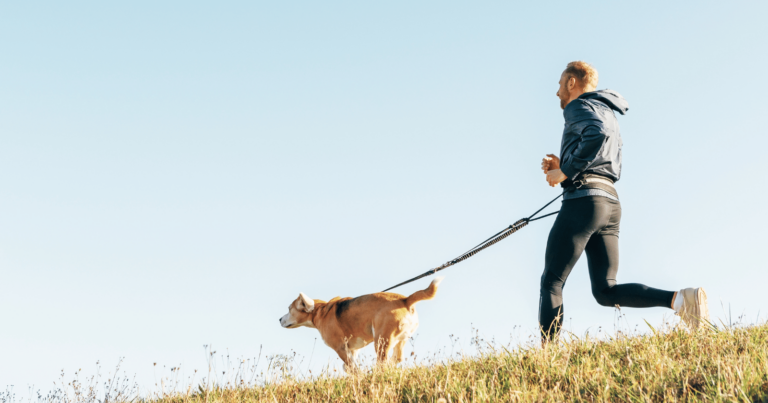Becoming a dog owner for the first time is an exciting journey, filled with learning and bonding.
However, it can also be daunting, given the responsibility it entails.
That’s where we step in.
We’ve compiled seven vital tips that every first-time dog owner should know.
From understanding your canine’s behavior to providing the right nutrition, each tip is crucial.
They’re not just about making your life easier but ensuring your furry friend’s well-being too.
1. Understanding your dog’s behavior
Dogs communicate primarily through body language, and being able to interpret these signals can significantly enhance your relationship with your new pet.
Canines use their tails, ears, eyes, and even their overall body posture to express their feelings.
For instance, a wagging tail often indicates happiness or excitement, while flattened ears may suggest fear or submission.
Understanding these cues is not just about bonding, but safety too.
Recognizing signs of stress or anxiety in your dog can prevent unwanted situations, like bites or fights with other dogs.
Here are a few common behaviors and what they usually mean:
- A raised tail: Dominance or aggression
- Tail tucked between the legs: Fear or submission
- Yawning or licking lips: Anxiety or stress
- Panting: Excitement, stress, or overheating
Remember, every dog is unique.
It takes time and patience to truly understand your dog’s individual communication style.
Be observant and patient as you both learn to understand each other better.
2. Providing proper nutrition
Your dog’s diet plays a significant role in their overall health and well-being.
The nutritional needs of dogs vary based on their breed, size, age, and health condition.
Puppies require a different diet than adult dogs, and large breeds have different dietary requirements compared to small breeds.
Consulting with a veterinarian is the best way to determine the right diet for your dog.
They can provide guidance on the type of food, portion sizes, and feeding frequency.
It’s also essential to keep an eye on your dog’s weight.
Obesity in dogs is a common problem that can lead to various health issues, like diabetes and heart disease.
Regular weight checks and adjustments to diet or exercise routines can help maintain a healthy weight.
While it’s tempting to share your own food with your new furry friend, remember that some human foods are toxic to dogs.
Foods like chocolate, onions, and grapes can be harmful, even in small amounts.
Lastly, always ensure your dog has access to fresh water.
Hydration is just as important for dogs as it is for humans. It aids in digestion and helps maintain body temperature among other vital functions.
3. Establishing a consistent routine
Dogs are creatures of habit, so establishing a consistent routine is crucial.
Having a structured daily schedule helps your dog feel secure and understand what is expected of them.
Your routine should include regular meal times, exercise, playtime, training sessions, and potty breaks.
Consistency in these activities will help your dog adapt quickly to their new home and reduce potential behavioral issues.
Meal times should be kept consistent to maintain your dog’s digestive health.
The same goes for potty breaks – regularity helps with house training, particularly for puppies.
Exercise and playtime are not just for physical fitness but mental stimulation as well.
Different breeds have different energy levels, so tailor the type and duration of exercise to your pet’s specific needs.
Training sessions are an integral part of the routine too.
It’s not just about obedience but also strengthening your bond with your dog.
Short, daily training sessions using positive reinforcement techniques can be highly effective.
Having a routine also means consistency in rules and boundaries.
If you allow behaviors like jumping on furniture one day but scold them for it the next, it will confuse your pet.
Consistency helps them learn what is acceptable and what isn’t.
4. Socializing your dog

Socialization is an essential part of a dog’s development and should start as early as possible.
It involves exposing your dog to a wide variety of people, places, and other animals in a positive and controlled way.
Proper socialization can help your dog feel more comfortable in different situations, preventing behavioral issues such as fear, aggression, or anxiety.
It also allows them to learn how to interact appropriately with other dogs and people.
Start by introducing your dog to family members and friends, gradually increasing the number of people they meet.
Be sure to include people of different ages and appearances to help your dog feel comfortable with all types of humans.
Next, introduce your dog to various environments.
This could include parks, pet stores, or simply different neighborhoods during walks.
Remember to always keep these experiences positive for your dog.
Socializing with other dogs is also vital. Dog parks or playdates with other dog owners can provide excellent opportunities for this.
Lastly, remember that socialization isn’t just a one-time thing.
It should be a continuous process throughout your dog’s life.
5. Regular veterinary check-ups
Regular veterinary check-ups are crucial in keeping your dog healthy and preventing potential health issues.
During these visits, the vet will conduct a general physical examination, administer necessary vaccinations, and perform any required tests.
These regular health checks can help detect any potential health problems early, making treatment easier and more effective.
Your vet can also provide advice on diet, exercise, grooming, and dental care specific to your pet’s breed and age.
It’s an excellent opportunity to ask any questions you may have about your dog’s health or behavior.
Puppies will require more frequent visits for vaccinations and deworming in their first year.
After that, most dogs should have a check-up once a year.
Older dogs or dogs with chronic health issues may need to see the vet more frequently.
6. Training and discipline
Training your dog is crucial, not just for obedience, but also for their safety.
It’s essential to start training as early as possible, focusing on basic commands like “sit”, “stay”, “come”, and “leave it”.
Positive reinforcement is the most effective training method.
This involves rewarding your dog when they do something right, rather than punishing them for mistakes.
The reward could be a treat, a favorite toy, or simply a pat and praise.
Consistency in commands and rewards is key to successful training.
If multiple family members are involved in training, ensure everyone uses the same commands and rewards for consistency.
Training should also involve teaching your dog to walk nicely on a leash.
Walking on a leash is not just about control but also about safety.
A dog that pulls on their leash can pose a risk to themselves and others.
Bear in mind that raining takes time and patience.
Don’t expect immediate results, and never resort to harsh punishment methods for mistakes.
Instead, keep the training sessions short, consistent, and always end on a positive note.
7. Keeping up with grooming

Grooming goes beyond just keeping your dog’s coat clean and shiny.
It also involves taking care of their nails, ears, and teeth.
Regular brushing helps keep your dog’s coat free from mats and reduces shedding.
It also gives you a chance to check for any skin issues like ticks, fleas, or rashes.
Nail care is equally important.
Long nails can cause discomfort and even pain for your dog.
If you’re uncomfortable doing this at home, most vets or groomers offer this service.
Don’t overlook dental care.
Regular teeth brushing can prevent bad breath and dental diseases.
Use a toothpaste specifically designed for dogs and a suitable brush size.
Embracing the journey
Owning a dog for the first time is more than just following a list of tips—it’s about embracing a journey of companionship, learning, and love.
It’s about building a bond that lasts a lifetime.
Every dog is unique, with its own personality, quirks, and needs.
What works for one dog may not work for another.
As a dog owner, you’ll learn to adapt and change your approach as needed. It’s all part of the journey.
It’s okay to make mistakes.
No one becomes a perfect dog owner overnight.
But each day, you’ll learn something new about your furry friend and about yourself.
